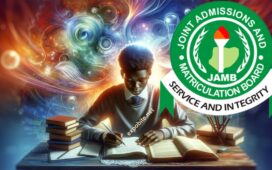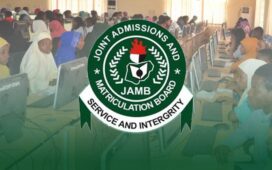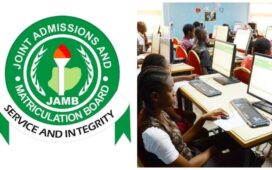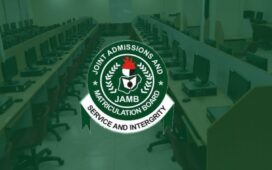Are you preparing for the Joint Admissions and Matriculation Board (JAMB) Unified Tertiary Matriculation Examination (UTME) Music paper? Music is a fascinating subject that involves the study of sounds, melodies, rhythms, and harmonies. Whether you’re aiming for a degree in Music, Performing Arts, or related courses, having the right study materials is crucial for success.
One of the best ways to prepare is by using the JAMB recommended textbooks for Music 2025/2026. These books are carefully selected to cover the JAMB Music syllabus, ensuring you have all the necessary knowledge for the exam.
In this article, we’ll provide:
✅ Full list of JAMB recommended textbooks for Music 2025/2026
✅ Key topics covered in the syllabus
✅ Effective study tips to maximize your preparation
List of JAMB Recommended Textbooks for Music 2025/2026
According to the official JAMB syllabus, the following textbooks are recommended for Music 2025/2026:
- Akpabot, S.E. (1986) – Foundation of Nigerian Traditional Music – Spectrum
- Associated Board of the Royal School of Music (1958) – Rudiments and Theory of Music – London
- Cole, W. (1969) – The Form of Music – Associated Board of the Royal Schools of Music
- Echezona, W.W.C. (1981) – Nigerian Musical Instruments – Apollo Publishing
- Ekwueme, L. (1993) – Choir Training and Choral Conducting for Africans – Lenaus Advertising
- Holst, I. (1963) – An ABC of Music – Oxford University Press
- Hosier (1961) – Instruments of the Orchestra – Oxford University Press
- Hunt, R. (1960) – Elements of Music
- Inanga, A. (1993) – Music for Secondary Schools Vols. I & II – Spectrum
- Kamien, R. (1990) – Music: An Appreciation – McGraw-Hill
- Kennedy, M. (1985) – The Concise Oxford Dictionary of Music – Oxford University Press
- Kitson, C.H. (1978) – Elementary Harmony Book 2 – Oxford University Press
- Kofoworola, Z.O. & Lateef, Y. (1987) – Hausa Performing Arts and Music – Nigeria Magazine
- Lovelock, W. (1953) – A Concise History of Music – Bell and Hyman
- Lovelock, W. (1996) – The Rudiments of Music – G. Bell and Sons
- Machlis, J. (1977) – The Enjoyment of Music – W.W. Norton
- Mensah, A.A. (Undated) – Folksongs for Schools – Accra
- Morris, R.O. (1974) – The Oxford Harmony, Vol. I – Oxford University Press
- Nketia, J.H. (1974) – African Music – W.W. Norton
- Palmer, K. (1965) – Teach Yourself Music – English University Press
- Reed, H.O. (1954) – Basic Music: A Basic Theory Text – Mills Music
- Taylor, E. (1989) – The Guide to Music Theory – Associated Board of the Royal School of Music
- Warburton, A.O. (1955) – Graded Music Course for Schools, Books I–III – Longman
These books cover essential topics in the JAMB Music syllabus, including:
- Comparative Music Studies
- Elementary Harmony & Composition
- History of African & Western Music
- Rudiments of Music
- Musical Instruments & Theory
How to Use JAMB Music Textbooks Effectively (2025/2026)
Simply having the JAMB recommended textbooks for Music is not enough—you must use them strategically. Here’s how:
1. Study the JAMB Music Syllabus First
Before diving into any textbook, review the official JAMB Music syllabus to understand key topics and exam expectations.
2. Choose 2-3 Core Textbooks
You don’t need to read every book on the list. Pick 2-3 textbooks that align with your learning style and use others for reference.
3. Take Detailed Notes
Summarize key concepts, definitions, and musical terms. Use diagrams, charts, and mnemonics to aid memory.
4. Practice Past Questions
Apply what you’ve learned by solving JAMB past questions and textbook exercises. This helps with exam pattern familiarity.
5. Join Study Groups
Engage with fellow JAMB Music candidates to discuss difficult topics and share insights.
6. Revise Regularly
Avoid cramming—consistent revision ensures long-term retention.
Need more guidance? Drop your questions in the comments below!









